Scalloped potatoes can either steal the show or flop hard—here’s how to make sure they’re nothing short of perfection.
Avoid these 20 mistakes and turn your dish into a creamy, crispy masterpiece! Get ready to wow your guests and leave them asking for seconds!
1. Using The Wrong Potatoes
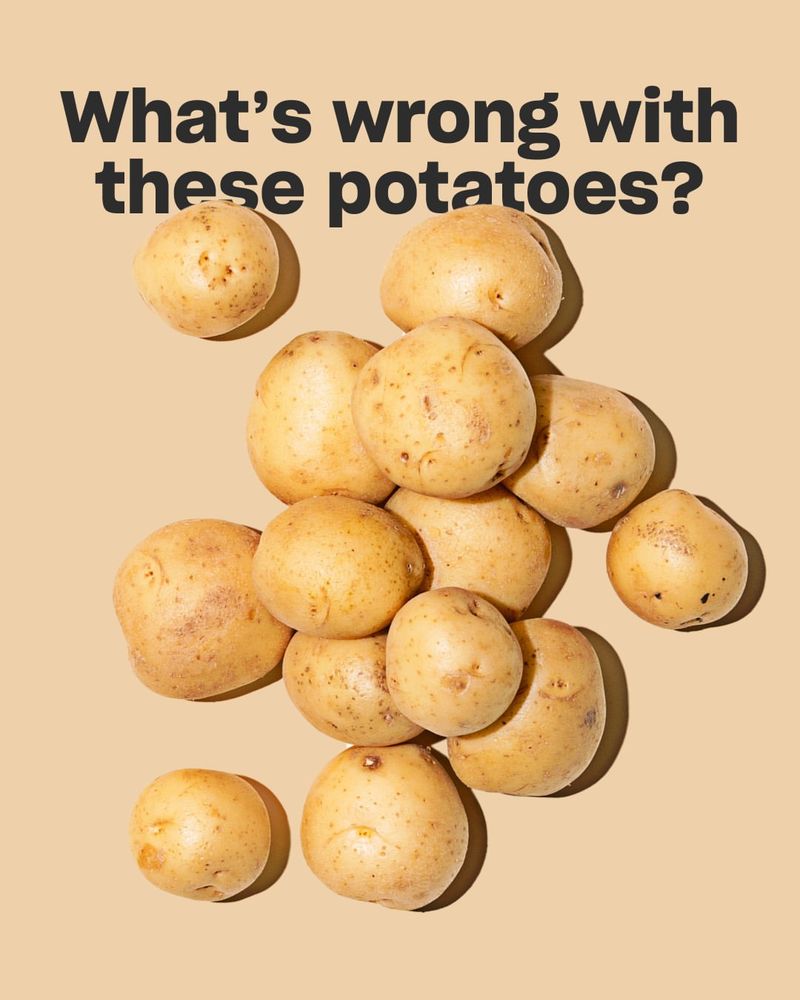
If you choose the wrong type of potatoes, your dish will suffer. Russet or Yukon Gold potatoes work best because they offer the right balance of creaminess and structure.
While red potatoes might look appealing, they tend to break apart during cooking. Hence, understanding the potato type is paramount. Aim for those that enhance texture and flavor.
2. Skipping The Soak
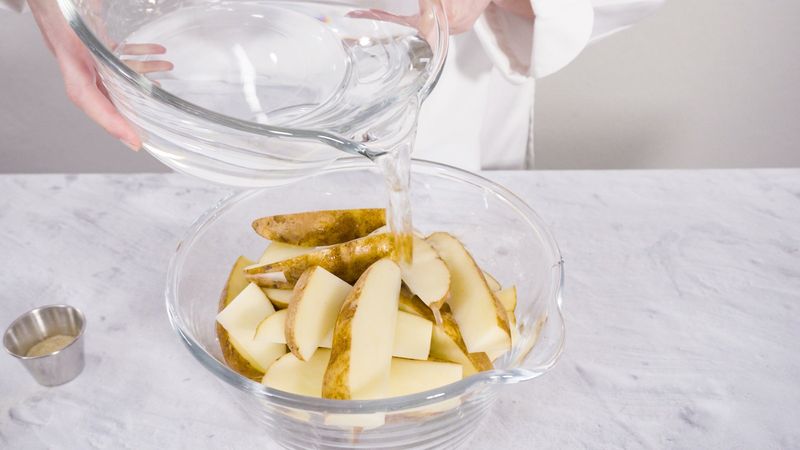
Do not skip soaking your potato slices in cold water. This step removes excess starch, preventing them from sticking together. If you overlook this, the result can be a sticky, less appealing dish.
Consider soaking for at least 30 minutes. Adopting this practice ensures a smoother, more refined texture in your culinary creation.
3. Incorrect Slicing Thickness
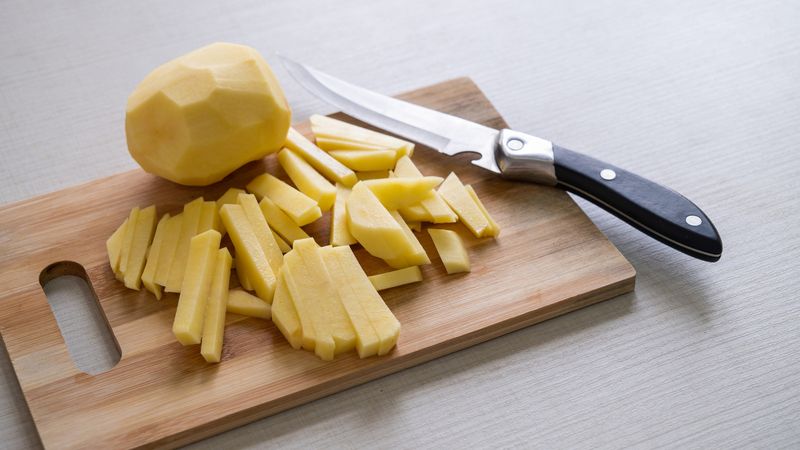
Where you falter with slicing, the dish suffers. Potato slices should be uniform, about 1/8 inch thick, to cook evenly. However, if you slice too thick, expect longer cooking times and uneven texture.
Conversely, overly thin slices may become mushy. Utilize a mandoline for precision, ensuring that every piece is consistent in thickness.
4. Forgetting To Season
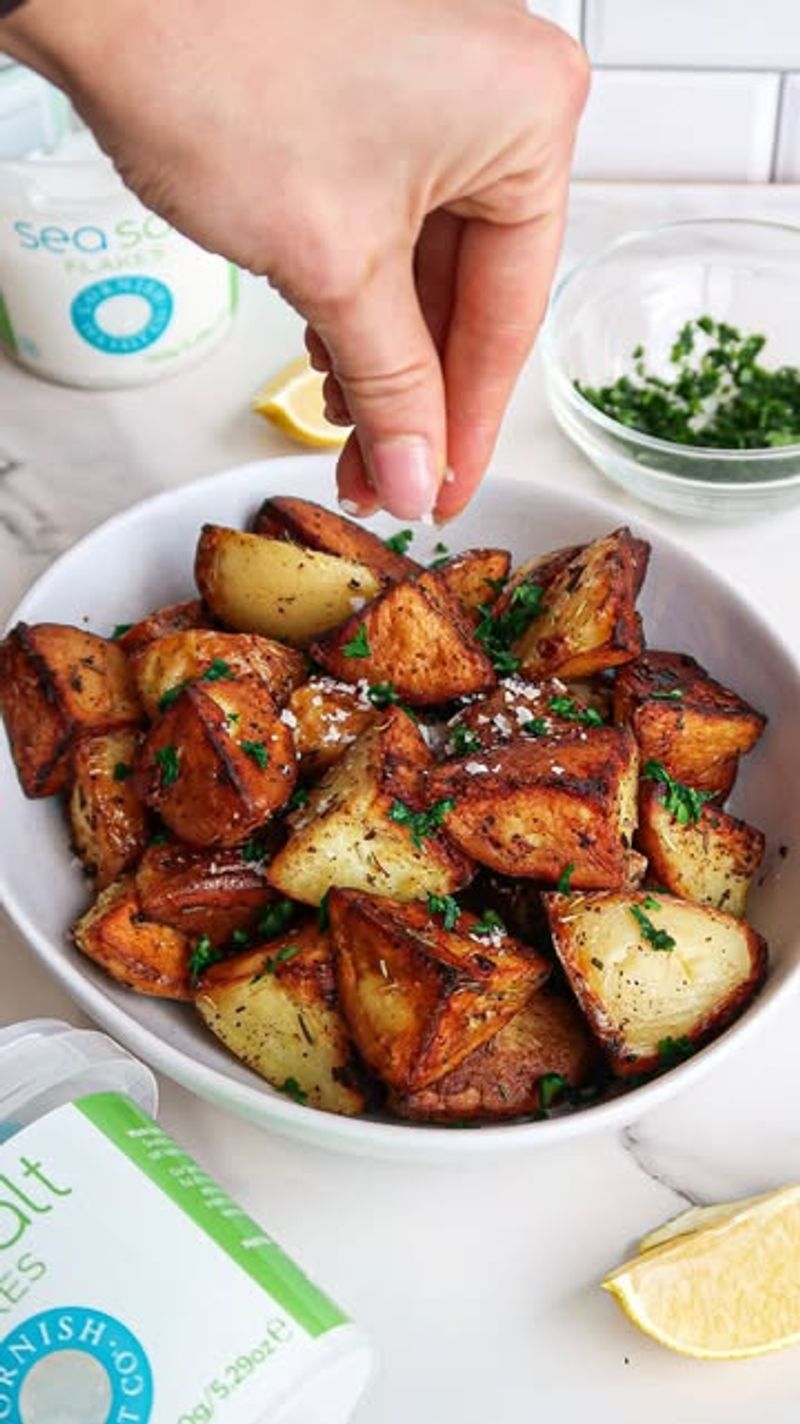
Season each layer with salt and pepper as you layer your dish. If you omit this step, the flavors may fall flat. Hence, seasoning is not just a final touch; it is integral to building depth.
Try using herbs like thyme or rosemary for an aromatic boost. The goal is to elevate the dish from mundane to memorable.
5. Neglecting The Sauce
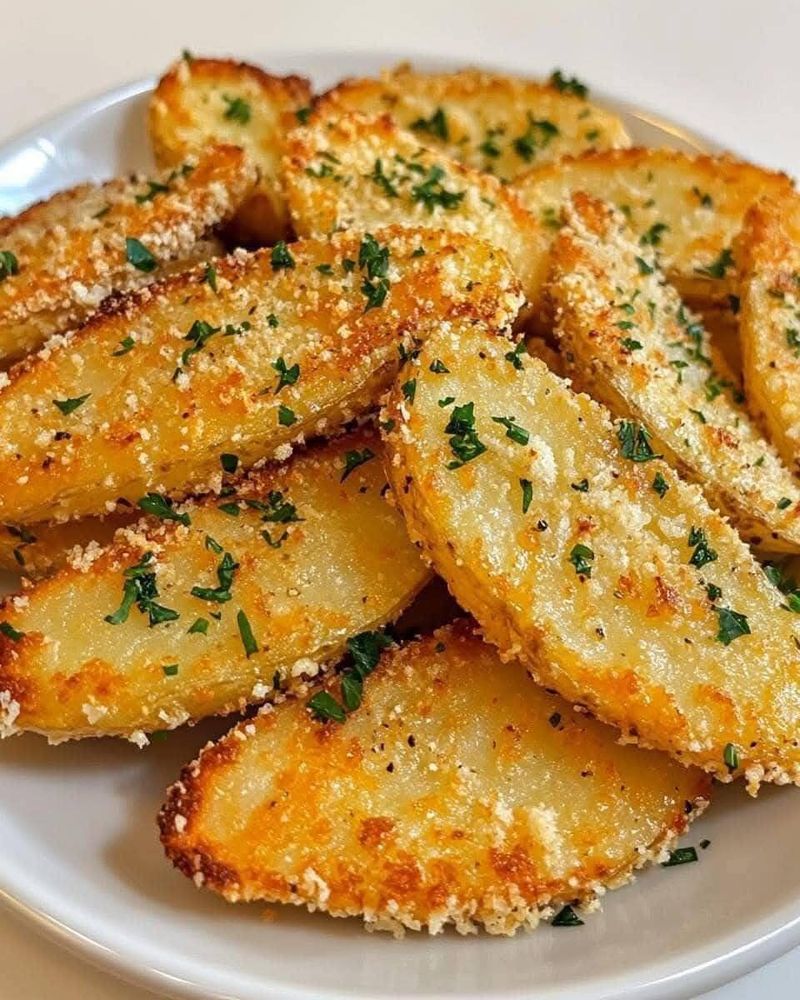
Though reducing calories might tempt you, skimping on sauce is a mistake. The sauce binds and flavors the potatoes. If you use too little, the dish can be dry. Conversely, too much makes it soupy.
Aim for balance. Incorporate cream, garlic, and cheese for richness, ensuring each slice is enveloped in flavor.
6. Using Pre-Shredded Cheese
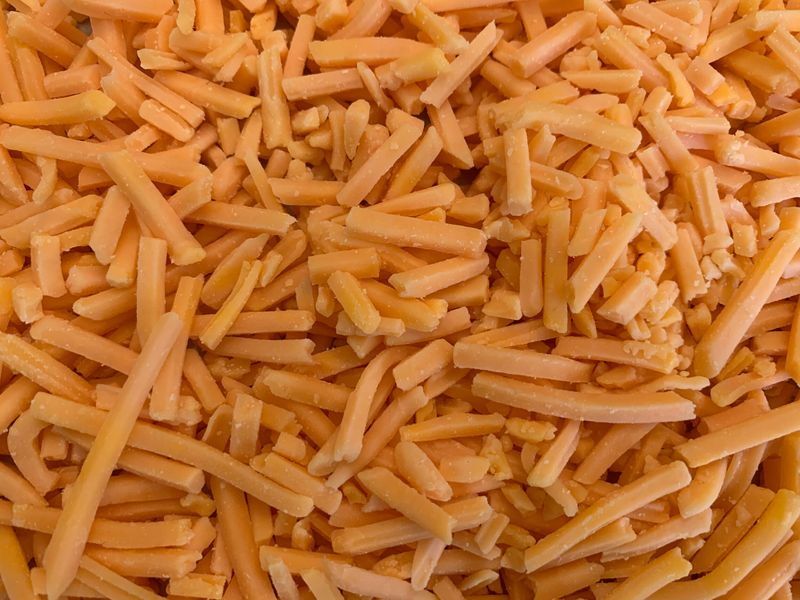
How you approach cheese can make a difference. Pre-shredded cheese contains anti-caking agents that hinder melting. Instead, opt for freshly grated cheese. It melts smoothly, offering a creamy texture. However, if convenience outweighs quality for you, expect a less refined result.
Freshly grated cheese makes a noticeable difference in texture and taste.
7. Skipping The Pre-Cook
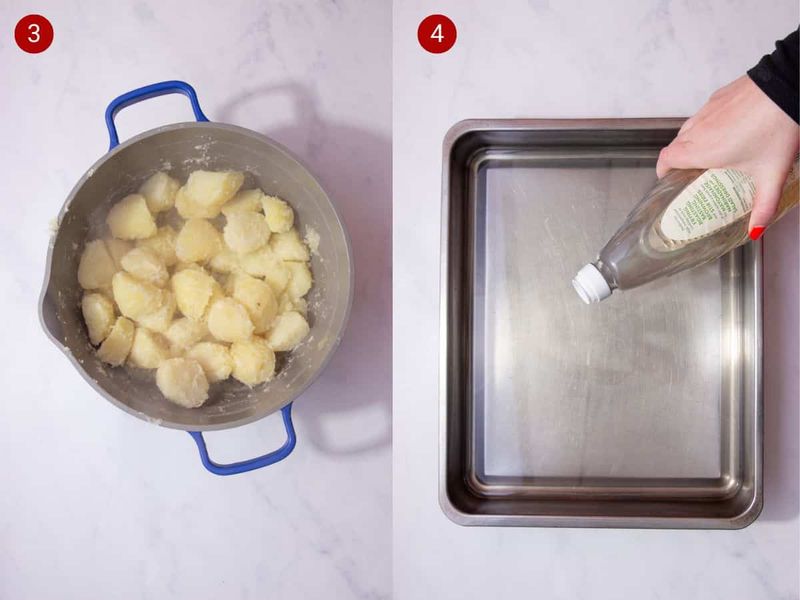
Consider pre-cooking your potatoes in cream before baking. This step infuses flavor and ensures even cooking. Skipping it might cause unevenly cooked layers.
However, if time is tight, you may opt to skip, but expect potential inconsistencies. Pre-cooking provides a rich, cohesive dish that is well worth the extra effort.
8. Overcrowding The Dish
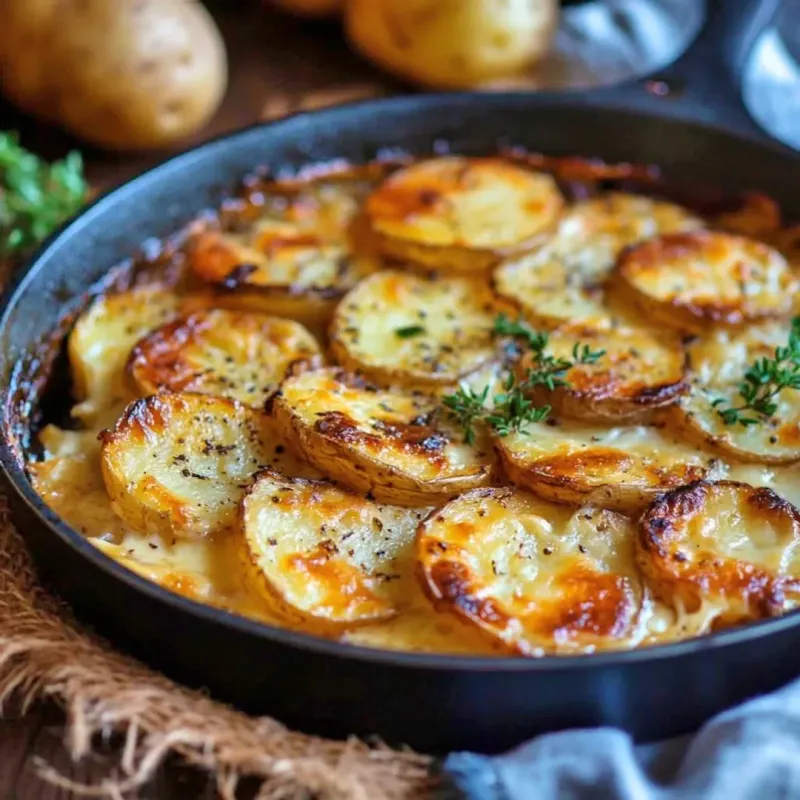
Where space is limited, cooking suffers. Overcrowding leads to uneven cooking and poor sauce distribution. If layers are too dense, heat cannot circulate properly.
Spread the potatoes evenly, allowing each slice to soak up the sauce. Remember, air circulation is key to perfection. Consider using multiple dishes if necessary to avoid overcrowding.
9. Baking At The Wrong Temperature
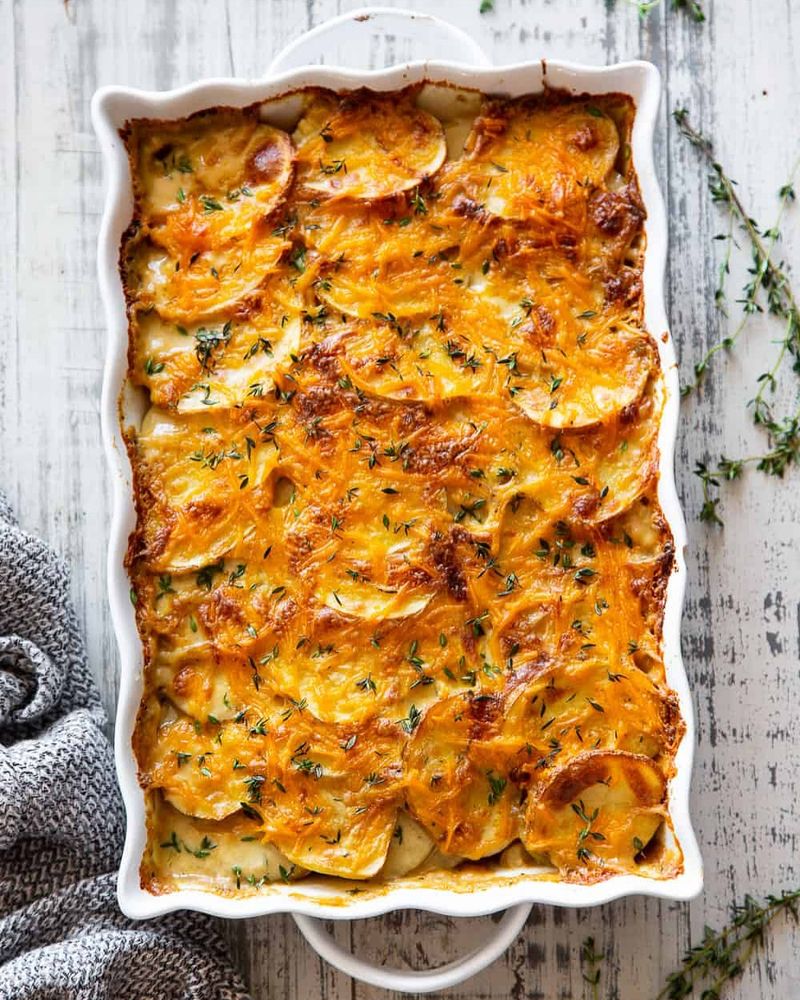
Baking temperature affects your dish significantly. If set too high, the top burns before the inside cooks. Conversely, a low temperature can result in a raw interior. Aim for a steady 350°F.
This allows even cooking without compromising the crust. Ultimately, a well-baked dish rewards you with a tender inside and golden, crispy top.
10. Adding Ingredients At The Wrong Time
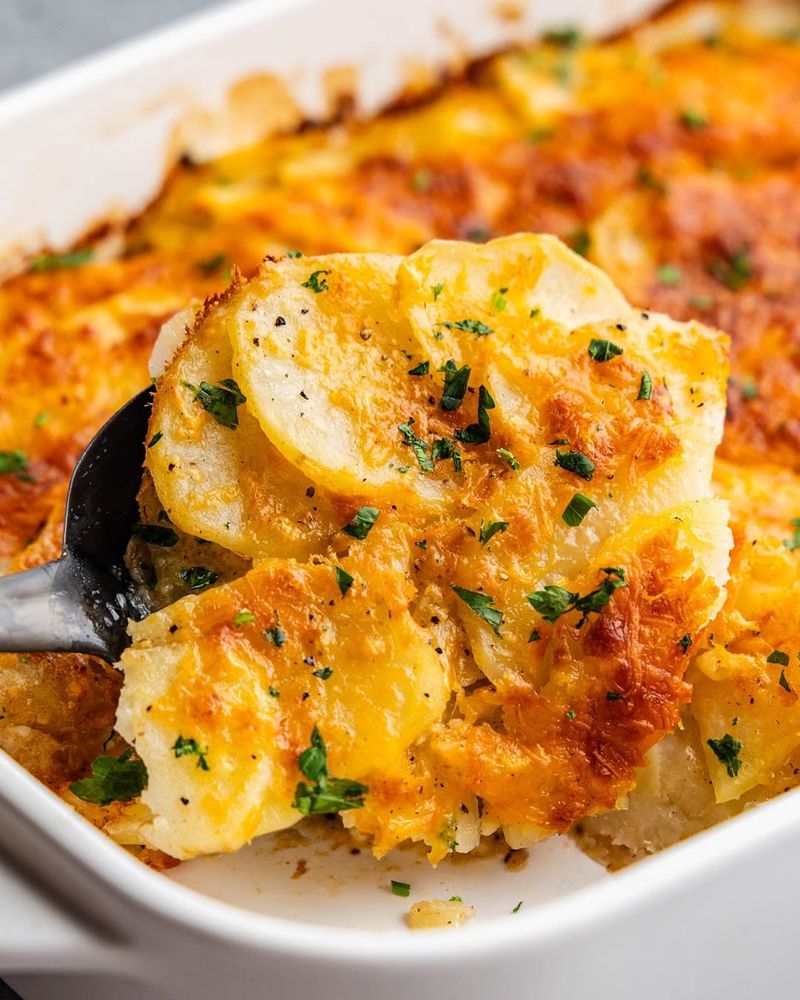
Timing is crucial when adding ingredients. If you add cheese too early, it can burn. Herbs, if added late, lose their flavor impact.
Ensure cheese is layered between potatoes and herbs sprinkled on top halfway through cooking. By mastering timing, you avoid unnecessary culinary pitfalls. It’s about synchronizing for maximum flavor development.
11. Not Resting The Dish

Patience is vital post-bake. If you serve immediately, the layers may fall apart. Resting allows the sauce to thicken and flavors to meld.
Aim to let it sit for at least 10 minutes before serving. Yet, if time is scarce, you risk a runny consistency. Embrace the wait for a more harmonious dish.
12. Using Low-Quality Ingredients
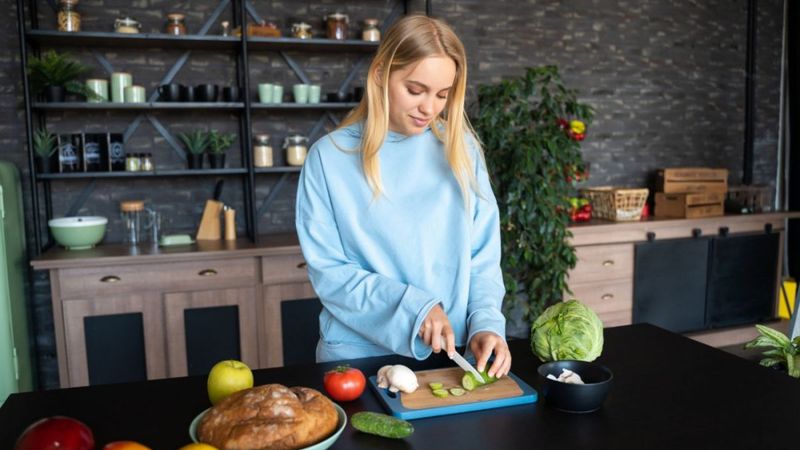
Quality matters in every bite. Where low-quality ingredients appear, flavor diminishes. Choose fresh, high-grade potatoes, real cheese, and fresh herbs.
If you opt for lesser-quality items, expect a noticeable difference in taste. Investing in premium ingredients elevates the dish. Ultimately, superior ingredients reward you with a more vibrant and delicious culinary experience.
13. Inadequate Layering Technique
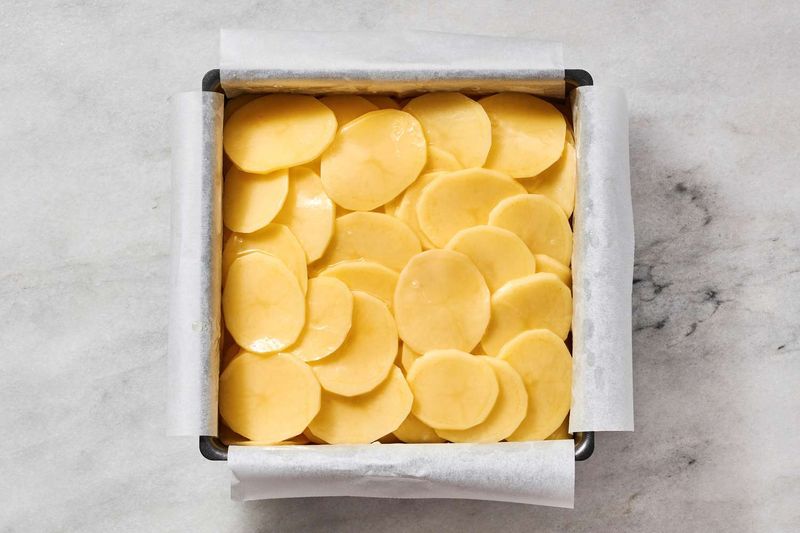
Layering is an art. If done poorly, the dish lacks cohesion. Each layer should be distinct, with potatoes evenly spread and sauce between layers.
However, if piled haphazardly, flavors can mix unevenly. A methodical approach ensures each bite has balanced flavors. Mastering layering is key to a visually appealing and flavorful dish.
14. Ignoring Moisture Control
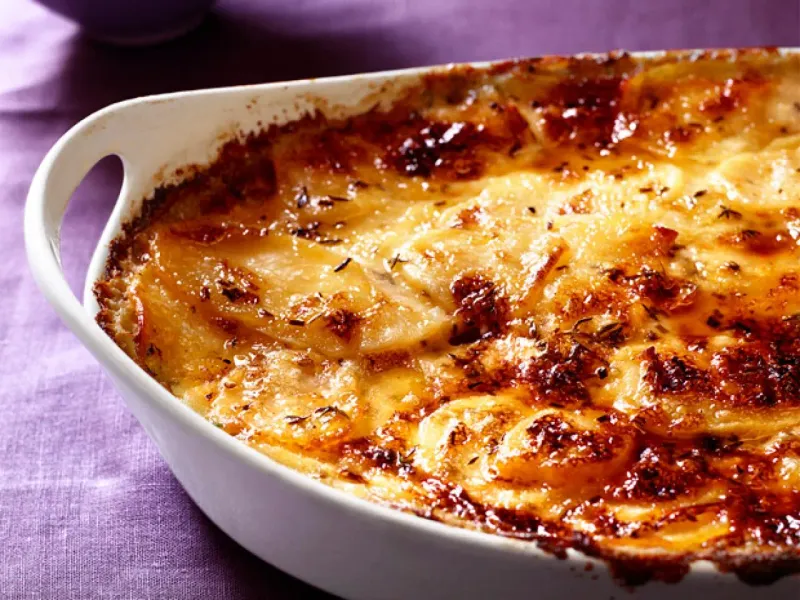
Moisture control is critical. If neglected, it leads to a watery dish. Drain potatoes thoroughly after soaking. Excess moisture dilutes flavors and affects texture.
Conversely, overly dry potatoes can become hard. Balance is crucial; a light pat with a towel after draining helps. Achieving the right moisture level enhances both taste and consistency.
15. Overcooking The Potatoes

Cooking time is a fine balance. Overcooking results in mushy potatoes, robbing texture. If you cook too long, the dish becomes unappealing.
Check doneness regularly, aiming for tender yet firm slices. However, if undercooked, the potatoes can be too hard. The goal is a perfectly cooked dish that holds its shape while offering a tender bite.
16. Forgetting To Cover The Dish
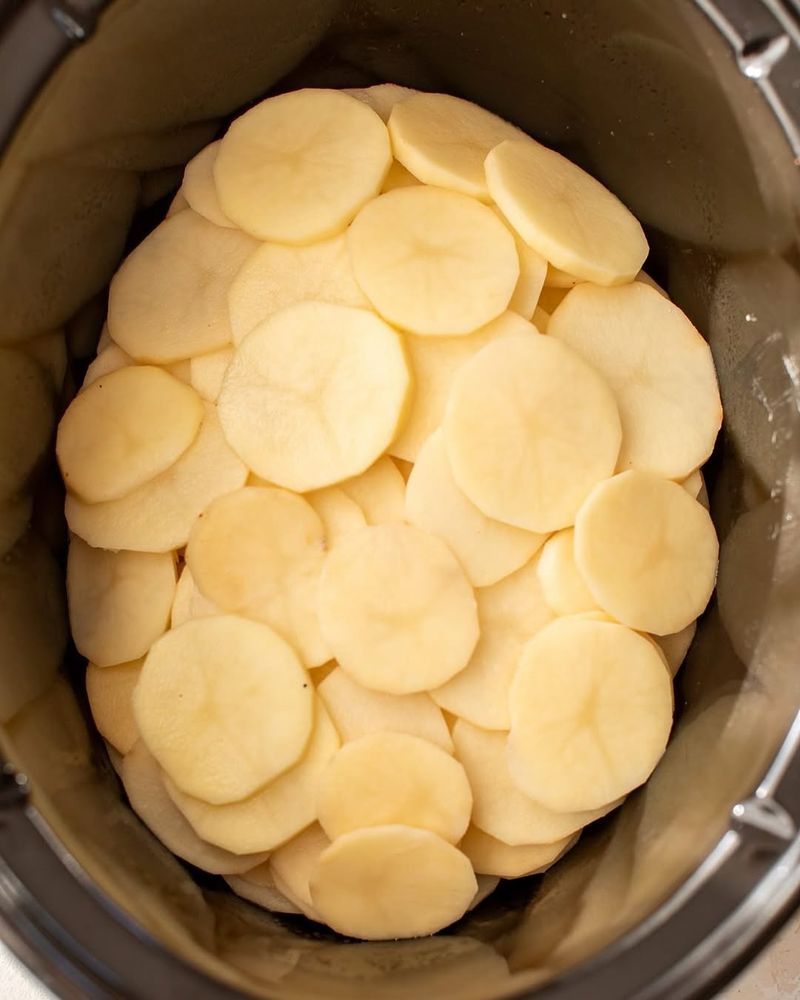
Covering during baking is crucial, at least initially. If left uncovered, the top can burn before the inside cooks through. However, uncover it towards the end to achieve a golden crust.
Balance is key—cover for the majority, and then allow a crisp finish. This method ensures even cooking and prevents premature over-browning.
17. Misjudging Cooking Time
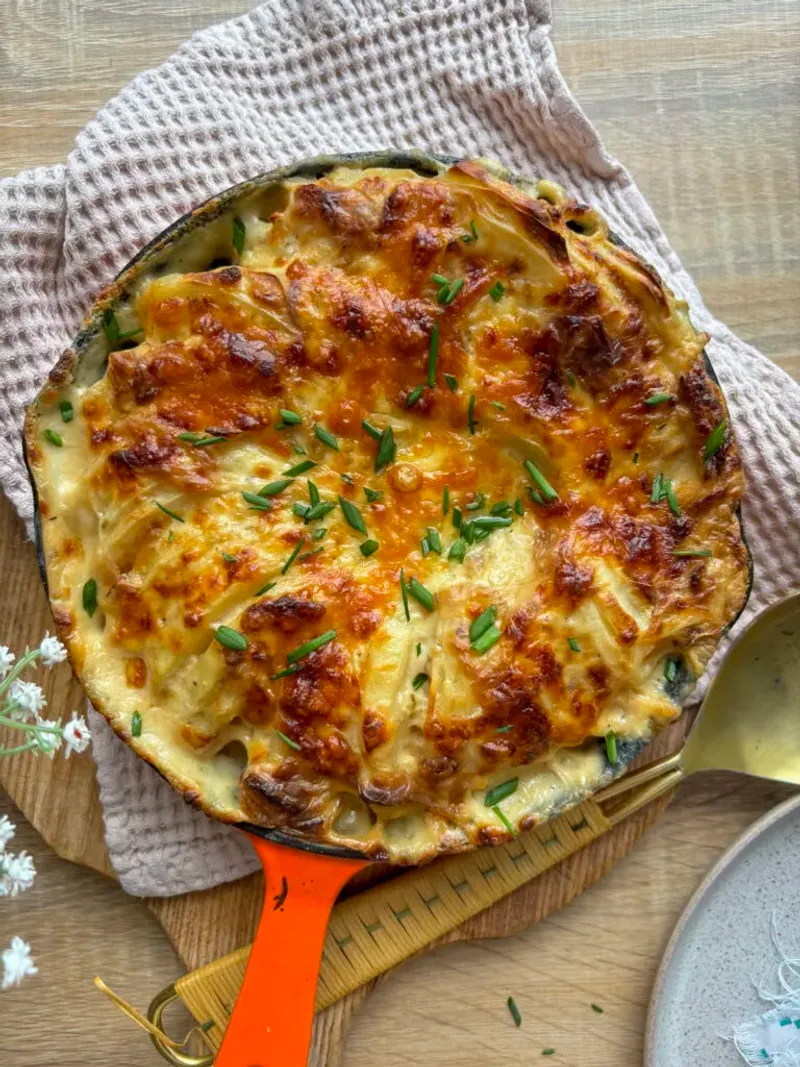
Errors in timing might undermine your efforts. Potatoes stay hard if they are cooked for too long. On the other hand, overcooking produces a mushy mess. Depending on oven consistency, aim for around one hour at 350°F.
But keep in mind that different ovens differ, so check from time to time. A well prepared food that strikes a balance between softness and structure is guaranteed by precision.
18. Ignoring The Oven’s Peculiarities
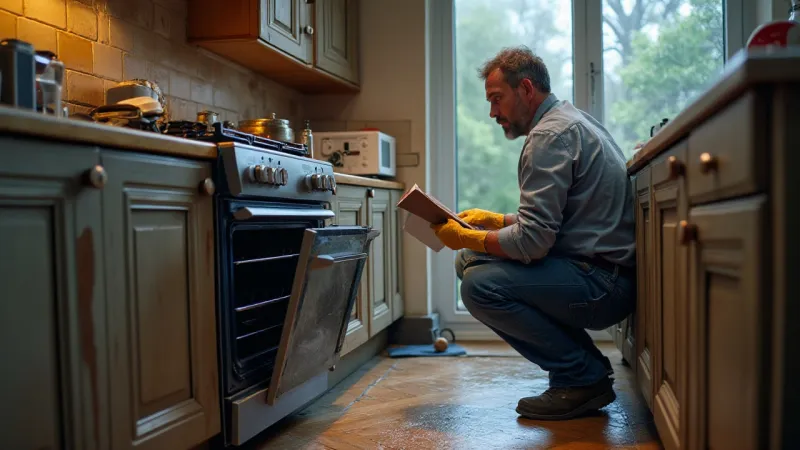
Every oven has quirks. If you ignore these, your dish might suffer. Know your oven’s hot spots and adjust accordingly.
Temperature variations can lead to uneven cooking. If you’re unfamiliar with your oven’s behavior, use an oven thermometer for accuracy. Understanding its nuances allows for better control and more consistently successful outcomes.
19. Neglecting The Garnish
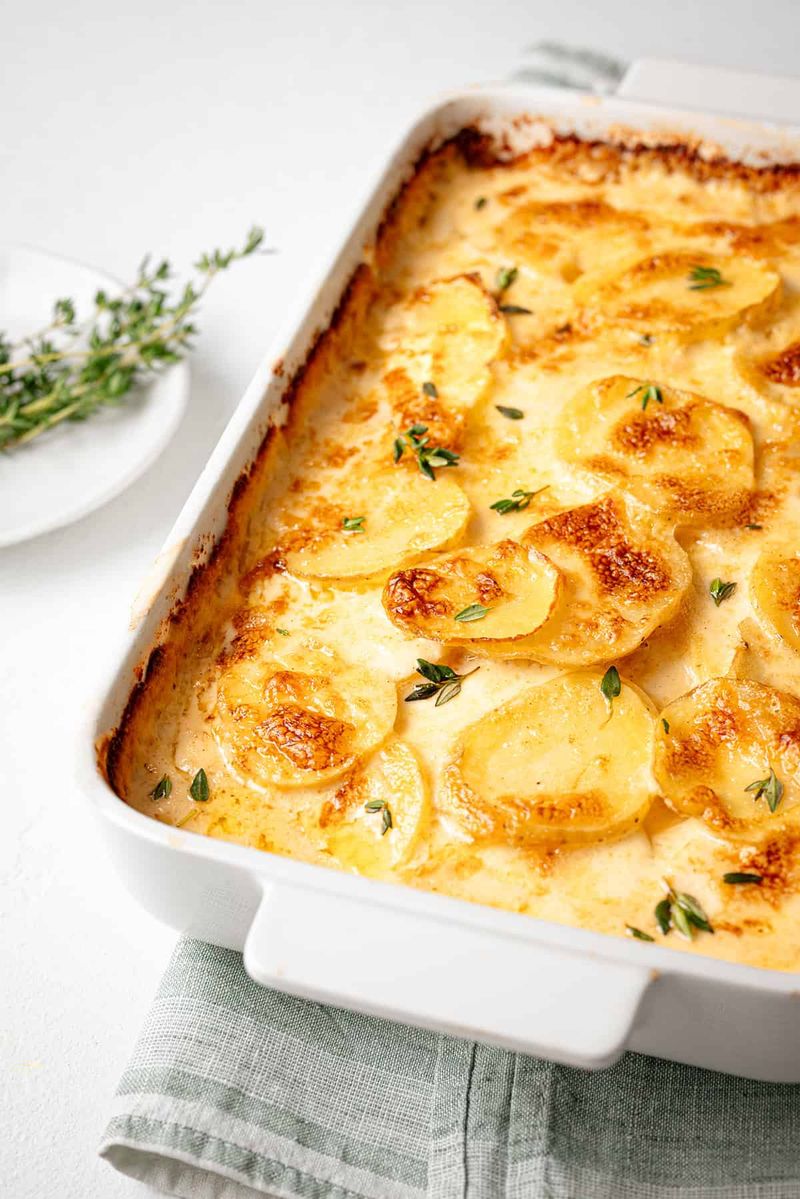
A garnish can elevate your dish. If forgotten, the visual appeal and flavor complexity may lack. Fresh herbs or an extra sprinkle of cheese add a finishing touch.
Even a hint of paprika can provide color. However, it’s easy to overdo it, so use sparingly. Garnishing adds elegance and enhances the overall dining experience.
20. Serving At The Wrong Occasion
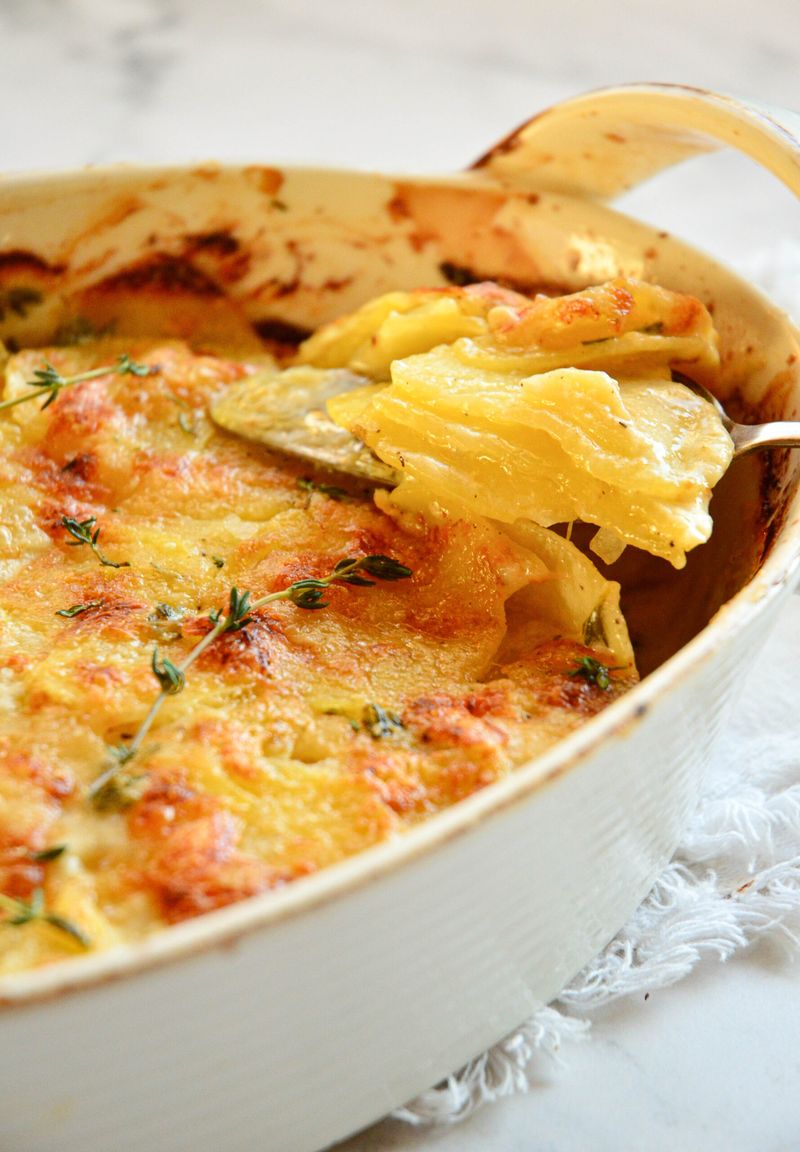
Choosing the right occasion is key. If you serve scalloped potatoes at a casual lunch, it may overshadow lighter dishes. However, it’s perfect for a hearty dinner or festive gathering. Understanding the dish’s richness helps pair it with complementary meals.
The aim is to enhance the dining experience without overshadowing other dishes. Timing and occasion align for success.

